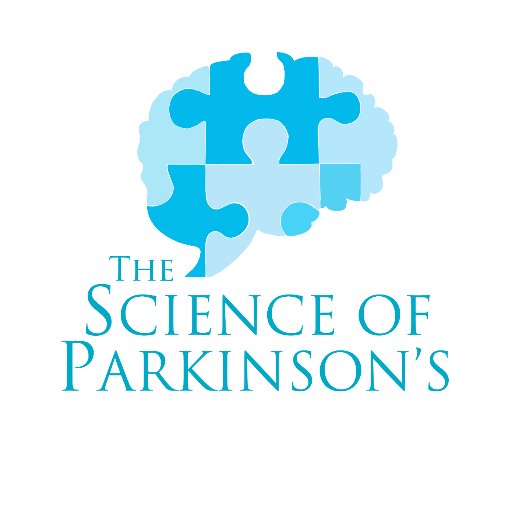
Kaitlyn
@Crambberriee
Followers
219
Following
3K
Media
11
Statuses
110
Junior Research Fellow at St. John's College, Oxford Vancouver, BC 🇨🇦
Oxford, England
Joined October 2011
Check out ASAPs team Craggs latest preprint on the selective vulnerability of Anxa1+ dopamine neurons in PD! . @CraggASAP @meletislab @WadeMartinsLab.
Anxa1+ dopamine neuron vulnerability defines prodromal Parkinson's disease bradykinesia and procedural motor learning impairment #biorxiv_neursci.
0
3
6
RT @biorxiv_neursci: Anxa1+ dopamine neuron vulnerability defines prodromal Parkinson's disease bradykinesia and procedural motor learning….
0
1
0
RT @gsgothard: 🚨new preprint alert!🚨 very excited to share the story of my PhD work :) including: development of excitatory-inhibitory circ….
0
12
0
RT @WadeMartinsLab: Delighted that @quyentbd paper “Early deficits in an in vitro striatal microcircuit model carrying the #Parkinson's GBA….
0
9
0
Very excited to share that our preprint is online now! @Andrea_Loreto1 and I show that SARM1 neurotoxicity is reversible and can be prevented in human neurons using ASOs. Massive thanks to the whole team! @WadeMartinsLab @Lab_Coleman @KavliOxford.
1
4
19
RT @biorxiv_neursci: SARM1 activation induces reversible mitochondrial dysfunction and can be prevented in human neurons by antisense oligo….
0
2
0
RT @Andrea_Loreto1: Our latest preprint is out! We developed ASOs targeting human SARM1, and report exciting mechanistic insights showing t….
0
10
0
RT @BryanNgZH: Happy to share my 2nd iPSC paper from my PhD studies with @WadeMartinsLab at We showed that depleti….
0
8
0
RT @CCSF_Scholar: Thank you to @CanUKFoundation @MapleTrust @CanadianUK @RobertRAFry and @RalphGoodale for celebrating our scholars with us….
0
4
0
RT @hmg_journal: SEPT 15 2023 Issue: Cover: Mitochondrial dysfunction and mitophagy defects in LRRK2-R1441C Parkin….
0
4
0
RT @BVahsen: Delighted to share our paper @NatureComms. We show that C9orf72-#ALS iPSC microglia are pro-inflammatory and toxic to co-cultu….
0
41
0
RT @BRyanLab2: Our new paper is out in @hmg_journal! We show impaired mitophagy in LRRK2 R1441C iPSC-derived dopaminergic neurons from peo….
0
6
0
Check out new work from our lab exploring mitochondrial dysfunction in Parkinson's disease. Congrats to all authors, especially @Marta_Madureira on her first first author paper! 🥳.
New research from @WadeMartinsLab & colleagues explores mitochondrial dysfunction & mitophagy defects in LRRK2-R1441C-associated #Parkinsons models; Also shows LRRK2 interaction with MIRO1 occurs at mitochondria, in a genotype-independent manner.
0
2
10
RT @Brain1878: Cramb et al. review the evidence for dopamine release deficits prior to neurodegeneration in Parkinson’s disease, and highli….
0
20
0
RT @MichaelOkun: Dopamine release deficits in #Parkinsons there is actually dysfunction or dysregulation of axonal dopamine release before….
0
20
0
RT @ScienceofPD: New review from @Crambberriee @DayneBeccano @StephCragg & @WadeMartinsLab explores the question (& evidence) of whether th….
0
11
0
Finally a massive thank you to funding bodies @ASAP_Research @NSERC_CRSNG @StJohnsOx and @CCSF67 for supporting this work!.
0
1
6



